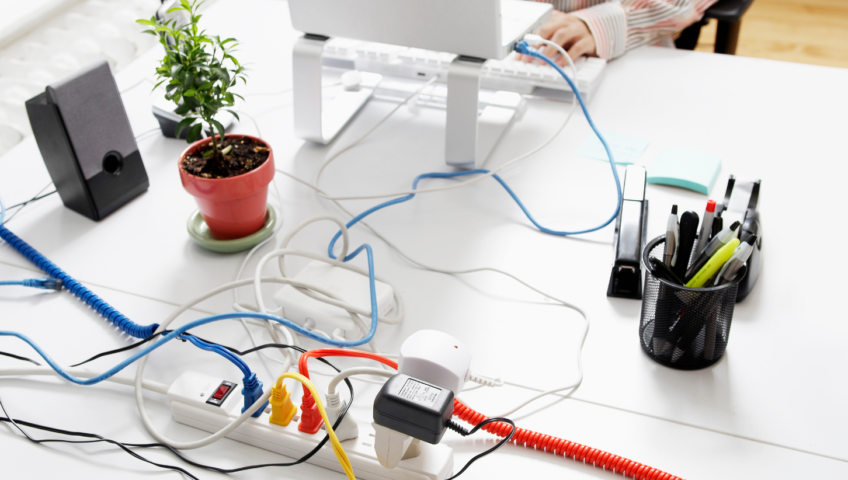In the realm of modern living, extension cords have become an indispensable part of our daily lives. Whether it’s for powering up electronics, setting up holiday decorations, or facilitating outdoor activities, these cords provide the flexibility and convenience to access electricity where regular outlets might be out of reach. However, amid their convenience, safety concerns often take a back seat.
Safety should always be a priority when it comes to using extension cords. Failure to use them properly can result in electrical hazards, fires, or personal injuries. In this comprehensive guide, we’ll delve into essential safety measures and best practices to ensure the responsible and secure use of extension cords.
Understanding Extension Cord Safety
Quality Matters
Investing in high-quality extension cords significantly reduces the risk of electrical mishaps. Look for cords with a certification from reputable safety organizations. These cords are built to withstand higher electrical loads and have better insulation to prevent overheating.
Capacity and Wattage
Every extension cord has a specific wattage rating. Exceeding this limit can lead to overheating, potentially causing a fire. Before plugging in any device, check its wattage requirements and ensure that it aligns with the cord’s capacity.
Inspection and Maintenance
Regularly inspect cords for damage. Frayed wires, exposed conductors, or damaged insulation should be an immediate red flag. Don’t use defective cords; replace or repair them promptly. Also, ensure they’re free of knots and kinks when in use.
Proper Use and Placement
Avoid placing cords under rugs or carpets, as this can lead to overheating. When using outdoors, make sure they are rated for outdoor use and shielded from environmental elements like rain or snow. Do not overload the cord with multiple devices beyond its capacity.
Unplugging Safely
When disconnecting, pull the plug itself, not the cord. Yanking the cord can damage it. Also, never unplug a cord by jerking or tugging on the cord; this can lead to damage or electrical shock.
Additional Safety Tips
- Avoid Daisy-Chaining: Don’t connect multiple extension cords. This can overload the circuit and increase the risk of electrical fires.
- Storage Matters: Properly coil and store cords when not in use to prevent damage and tangling.
- Children and Pets: Keep cords out of reach of children and pets to avoid accidents and chewing, which can lead to electrical shocks.
- Extension Cord Selection: Select cords of adequate length; using a shorter cord than necessary can cause stretching and damage.
Extension cords are incredibly useful tools, but their misuse can lead to disastrous consequences. Prioritizing safety measures and adhering to best practices when using extension cords is essential to prevent electrical hazards, fires, or injuries. Always opt for high-quality cords, use them within their capacity, and ensure regular maintenance and inspection. By following these guidelines, you’ll enjoy the convenience of extension cords while keeping safety at the forefront of your electrical endeavors.

